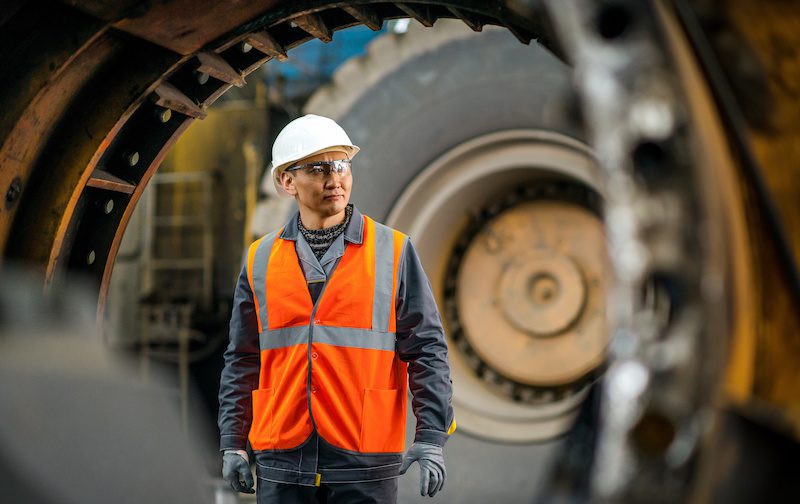When it comes to heavy vehicle maintainers, there’s an emerging need for mining companies to focus a range of skills on maintenance of autonomous vehicle systems. With autonomous vehicles now forming part of mining operations across Australia and, many companies seeking to implement autonomous operations the need for trained maintainers will increase further.
In a 2017 article in The Guardian authors higlighted that the ‘concept of 21st-century mines being run from centralised control centres far from the dust of the coalface has several significant selling points. Automation is arguably greener, safer and – after the initial up-front investment – has cheaper running costs. ‘
The question remains across the industry is who will be the heavy equipment maintainers of the future and what skills will they need to succeed in the rapidly changing fields of artificial intelligence and autonomy.
Typically we have seen that most maintainers started out changing fluids and filters, doing minor repairs and other preventative maintenance activities. After gaining valuable skills in this specialisation, they tend to move within companies to doing engine and transmission rebuilds, then advanced to maintenance manager and potentially the maintenance superintendent.
But equipment is changing with every new advance in technology. Telematics has revolutionized haul truck operations as well as machine monitoring. GPS machine control is automating mining activities and robotics, and autonomous/semi-autonomous machine operation is now becoming a real part of the mining landscape.
The question up for grabs is: Who will be in charge of all these technology assets, the cost of which are not inconsiderable? Who will evaluate them, buy them, train others to use them, maintain them and dispose of them? Is that going to be the procurement manager or a new breed of hybrid technology manager?
While currently the procurement strategies are driven by mine operations, maintenance teams may not have much input from a maintenance perspective, unless the technology is being built in house (which in most cases is not).
The key area of technology that may push maintainers and managers into a more sophisticated role is robotics and autonomous, semi-autonomous equipment. It’s becoming evident that robotics will continue to play a bigger role in mining operations, and safety will be the big driver.
With safety & productivity driving change in the sector, it’s almost certain that more and more equipment will be developed to remotely facilitate mining activities.
Future mining safety regulations may even require the use of robotic or remotely operated equipment to undertake high hazard tasks across the mining industry.
As that continues to emerge the mining industry will need more and more maintenance technicians capable of diagnosing and repairing autonomous and semi-autonomous equipment. The skills required will be vastly different from the traditional role of changing fluids and filters. Skills that involve the evaluation, calibration and use of sensor technologies. It’s a massive change in skill sets for existing heavy vehicle maintainers, but one that is not insurmountable.
Just fifteen years ago the mining industry was talking autonomous, remotely operated vehicles and telematics. Today it is a reality in many sites across Australia and the industry will need more and more skilled heavy vehicle maintainers that can hit the ground running.
Need some support on site for those projects that involve carrying…have a look at this video showing a new autonomous trades assistant that can minimise musculoskeletal injuries from carrying loads.














Add Comment